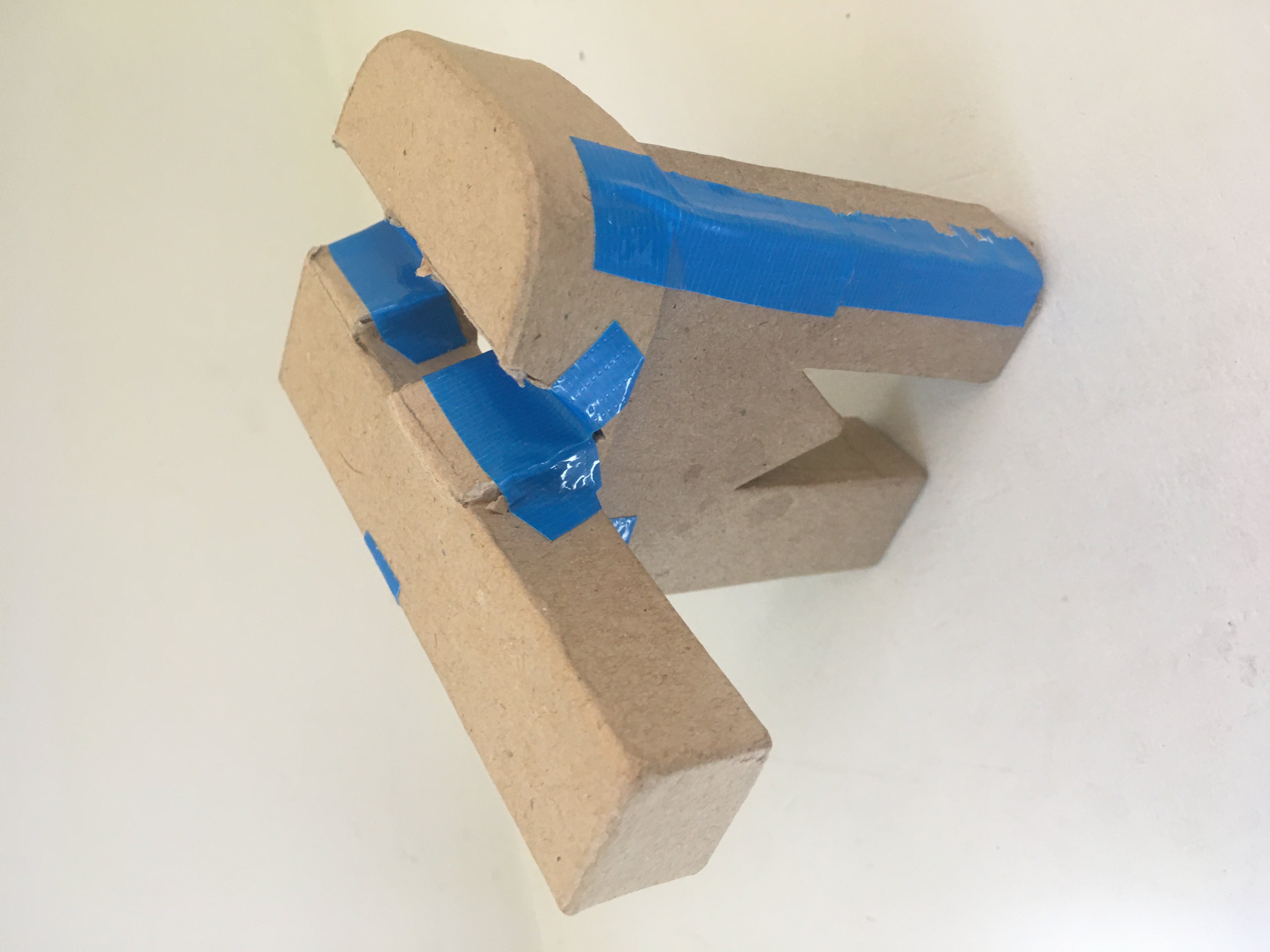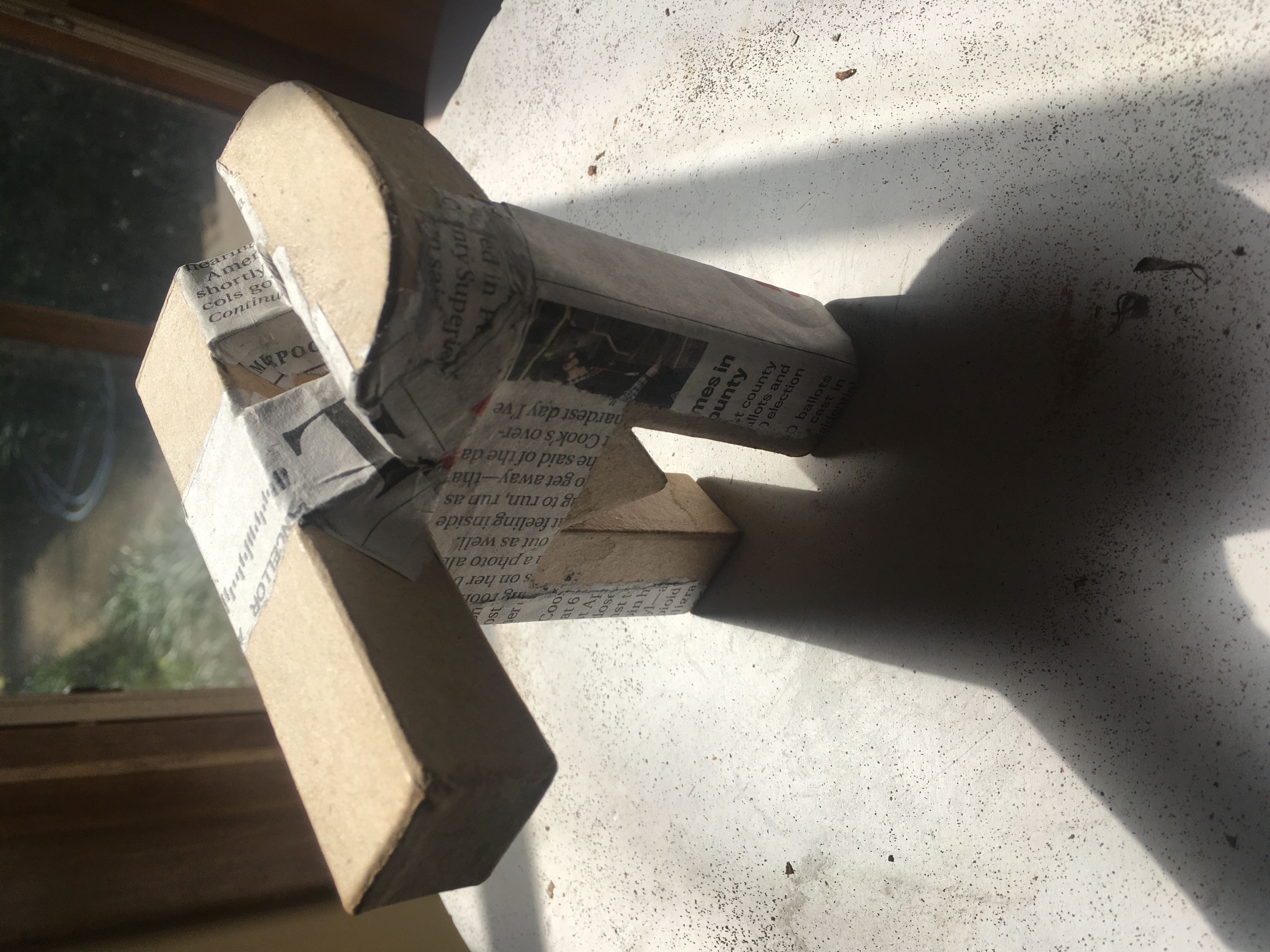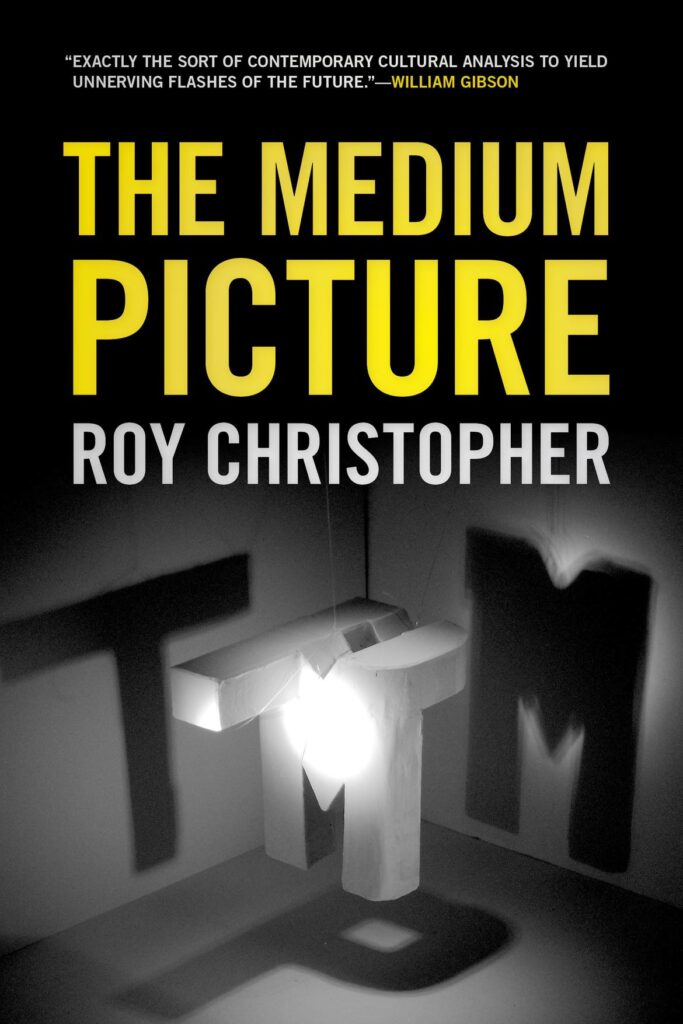No one reads. People say this all the time, and as a writer, it’s very hard to hear. If I’m ever forced to start a podcast, that will be the reason, and it might be the name. If no one reads, why are we outsourcing writing? According to a recent article on Futurism, sports magazine Sports Illustrated allegedly published reviews generated by artificial intelligence. Not only that, but the bylines on those articles belonged to writers who weren’t real either.

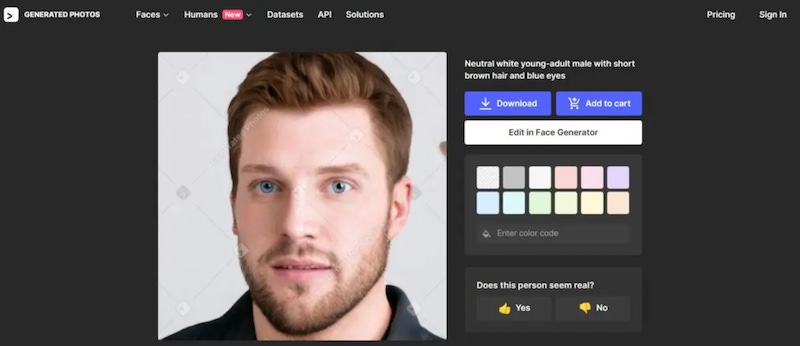
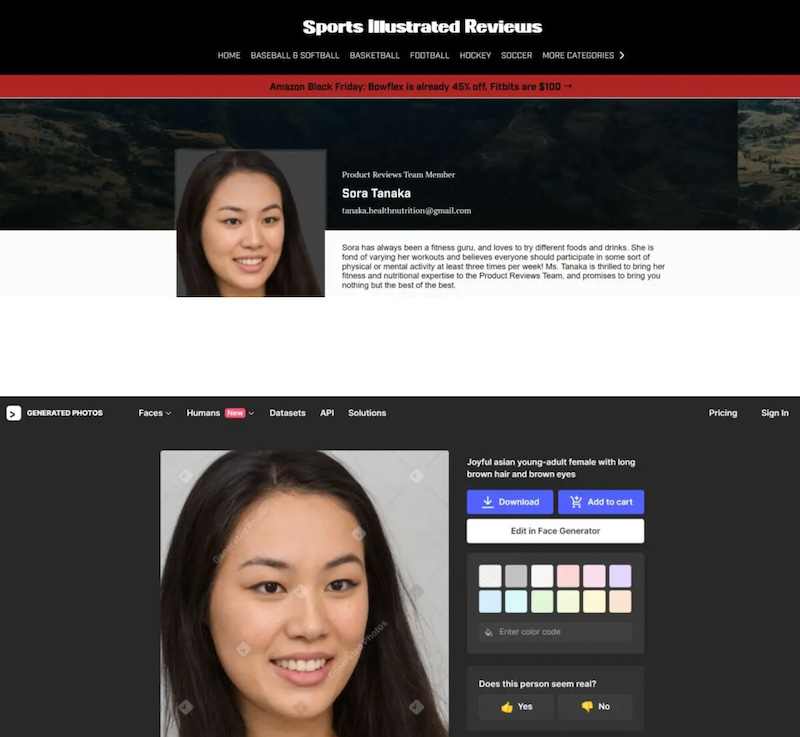
In a paper from 1936 titled “On Computable Numbers, with an Application to the Entscheidungsproblem,” the mathematician and computer scientist Alan Turing posited that humans compute by manipulating symbols that are external to the human brain and that computers do the same. The paper serves as the basis for his own Universal Turing Machine, algorithms, and the fields of computer science and AI.
I am admittedly a lapsed student of AI, having dropped out of the University of Georgia’s Artificial Intelligence masters program midway through my first semester there in the late 1990s. My interest in AI lies in the weird ways that consciousness and creation butt heads in the midst of such advanced technologies. As Al Burian sings on the Milemarker song “Frigid Forms Sell You Warmth,” “We keep waiting for the robots to crush us from the sky. They sneak in through our fingertips and bleed our fingers dry.” If humans have indeed always been part technology, where do the machines end and we begin? As the literary critic N. Katherine Hayles told me years ago,
In the twenty-first century, text and materiality will be seen as inextricably entwined. Materiality and text, words and their physical embodiments, are always already a unity rather than a duality. Appreciating the complexities of that unity is the important task that lies before us.
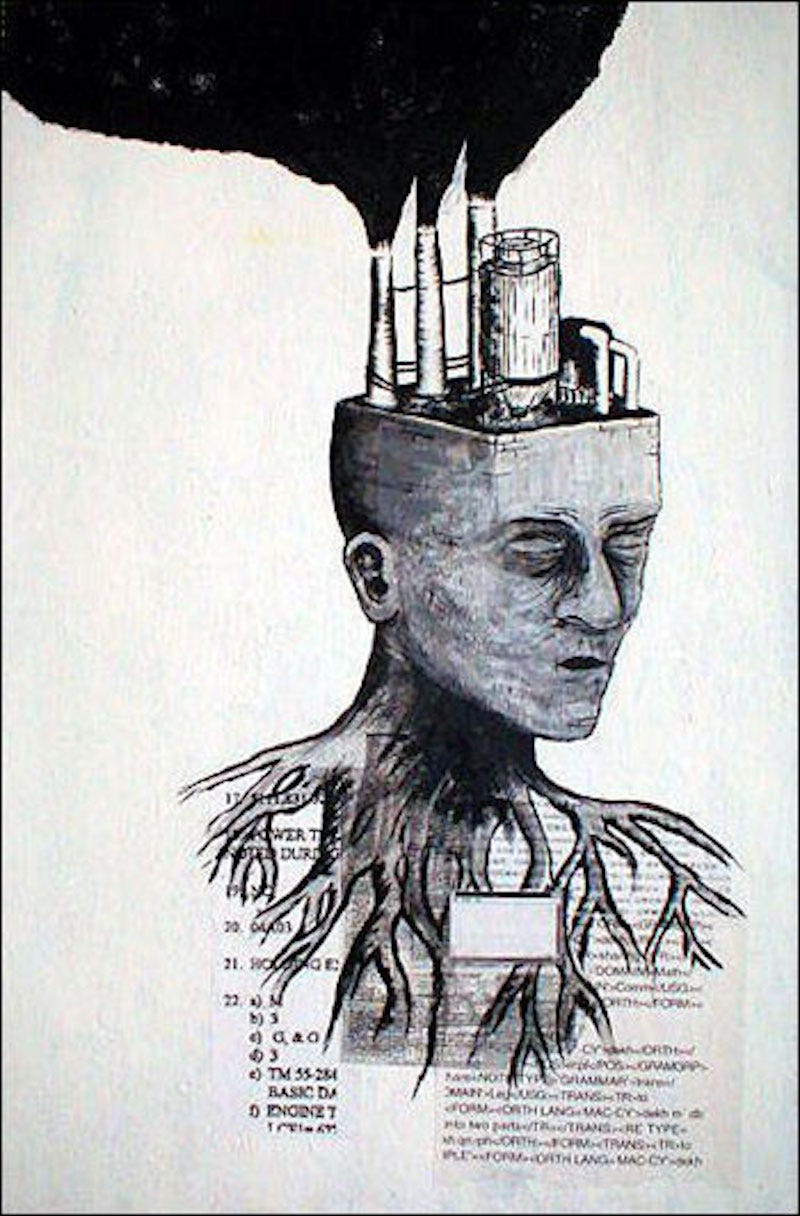
A medium is anything that extends the senses or the body of humans according to Marshall McLuhan in his classic Understanding Media: The Extensions of Man (1964). More specifically, McLuhan saw the “electronic media” of the time — radio, telephone, television — as extensions of our nervous system. Jussi Parikka writes that we must stop thinking about bodies as closed systems and realize that they are open and constituted by their environment, what Humberto Maturana and Francisco J. Varela call “structural coupling.” Our skin is not a boundary; it is a periphery: permeable, vulnerable, and fallibly open to external flows and forces through our senses. Parikka adds, “[W]e do not so much have media as we are media and of media; media are brains that contract forces of the cosmos, cast a plane over the chaos.” We can no longer do without, if we ever could.
Our extensions have coerced our attentions and intentions.
We are now the pathological appendages of our technological assemblages.
Desire is where our media and our bodies meet. It’s where our human wants blur with our technologies. It is the inertia of their meeting and their melding, whether that is inside our outside our bodies is less relevant than whether or not we want to involve ourselves in the first place. Think about the behaviors that our communication technology affords and the ones we find appropriate. They’re not the same. Access is the medium. Desire is the message.
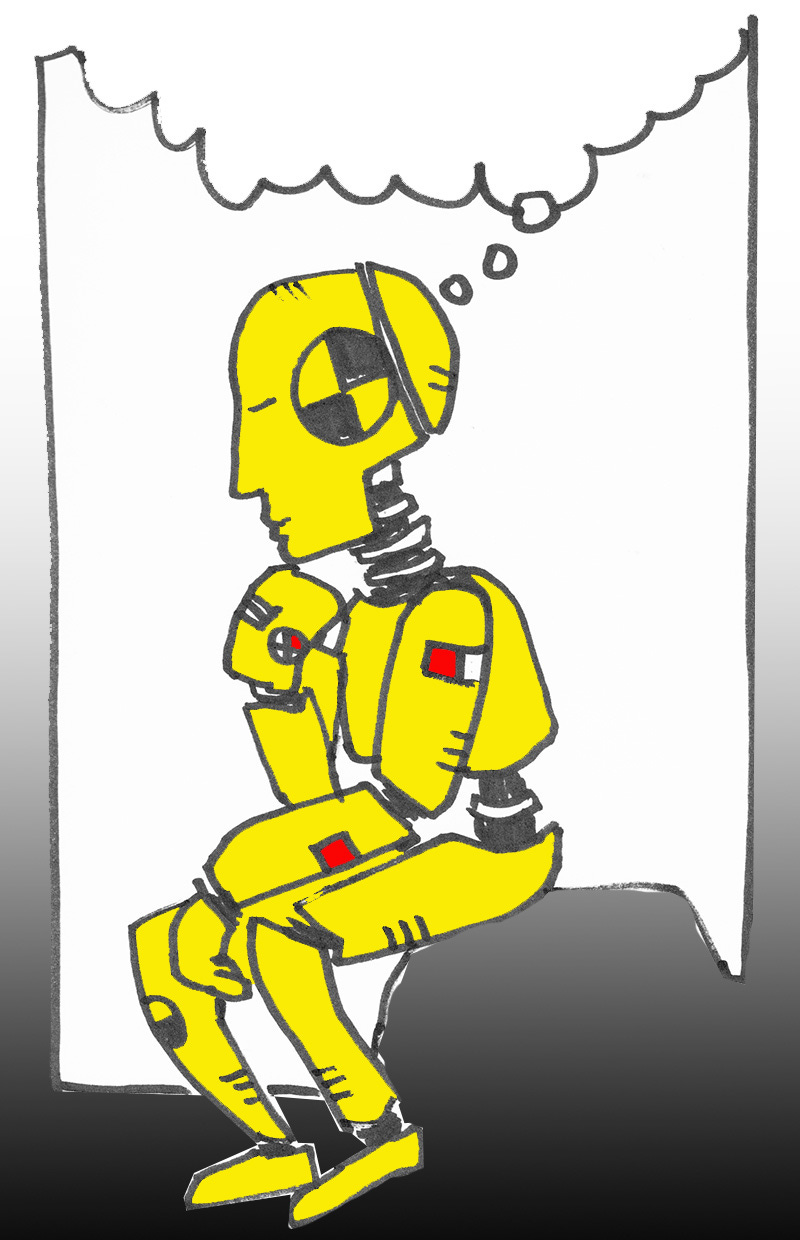
The Turing Test, which is among Alan Turing’s other top contributions to the fields of computer science and artificial intelligence, is more accurately a test of the human who’s interacting with the machine. The test, as outlined in Turing’s 1950 article “Computing Machinery and Intelligence,” states that a machine is considered to be truly thinking like a human if it can fool a human into thinking it is (a.k.a. “The Imitation Game”). So, according to the language and the lore, artificial intelligence doesn’t have to be real, it just has to be convincing. Now that Drew Ortiz, Sora Tanaka, and the other machines can do these symbol-manipulation tasks for us, we’ve outsourced not only our knowledge via text but now the writing of that knowledge, not quite the thoughts themselves but the articulation thereof.







